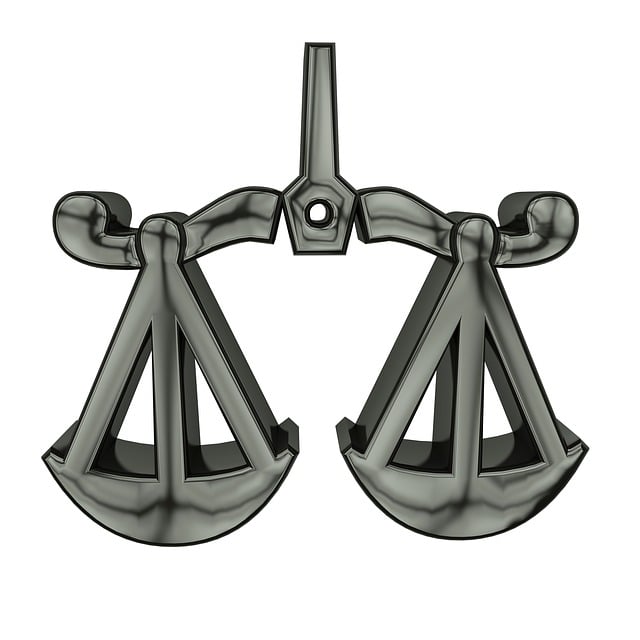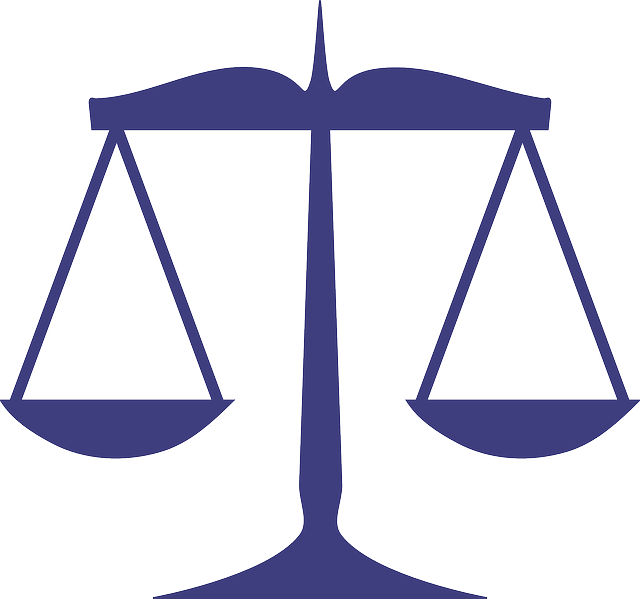Antitrust laws are crucial for fostering fair competition, innovation, and economic growth by preventing anti-competitive practices. Resolving joint property ownership conflicts is vital in identifying and addressing potential antitrust violations, especially during collaborations or mergers. This process involves a thorough understanding of the investigative and enforcement mechanisms, historical case success stories, and the influence of external factors. By employing multi-faceted legal strategies, including settlement negotiations and meticulous market analysis, legal teams navigate complex structures to ensure compliance while preserving competitive markets. Notable settlement agreements like Microsoft's division serve as powerful industry lessons. Proactive measures such as early conflict resolution, transparent agreements, internal audits, and compliance training can prevent future legal scrutiny and promote a fair market environment.
“Uncovering the intricacies of antitrust violation cases is crucial for businesses and legal professionals alike. This comprehensive guide delves into the heart of competition law, focusing on joint property ownership conflicts. We explore how these disputes arise and provide insights into effective legal strategies for resolution. From understanding the purpose of antitrust laws to studying notable settlement agreements, this article offers a roadmap for navigating potential legal pitfalls. Additionally, we highlight preventive measures to ensure businesses avoid future scrutiny, emphasizing the importance of transparency and ethical practices.”
- Understanding Antitrust Laws and Their Purpose
- Identifying Joint Property Ownership Conflicts
- Legal Strategies for Resolving Antitrust Violations
- Case Studies: Notable Antitrust Settlement Agreements
- Preventive Measures to Avoid Future Legal Scrutiny
Understanding Antitrust Laws and Their Purpose

Antitrust laws are designed to promote fair competition in the marketplace by preventing businesses from engaging in anti-competitive practices that could harm consumers. These laws aim to ensure that markets operate efficiently, fostering innovation and economic growth while protecting the interests of both businesses and consumers. Understanding these regulations is crucial for resolving joint property ownership conflicts, especially when multiple entities collaborate or merge.
By delving into all stages of the investigative and enforcement process, from initial complaints to court rulings, it’s possible to uncover potential antitrust violations that may have led to these conflicts. An unprecedented track record of successful cases can serve as a guide for navigating complex situations, ensuring that solutions are fair and in line with the principles of antitrust legislation. Furthermore, recognizing the role of philanthropic and political communities in shaping antitrust policy helps to understand the broader context within which these laws operate.
Identifying Joint Property Ownership Conflicts

Identifying Joint Property Ownership Conflicts is a critical step in preventing and resolving antitrust violation cases. In many instances, companies involved in anti-competitive practices share ownership or control over assets, leading to intertwined property rights. This complex web of ownership can hinder investigations and create legal ambiguities, making it essential for authorities to carefully navigate these structures. By employing advanced analytical tools and legal expertise, investigators can uncover hidden links between entities, ensuring a comprehensive understanding of the market dynamics at play.
Resolving Joint Property Ownership Conflicts requires a strategic approach. Authorities must balance the need for transparency with the importance of preserving competitive markets. An unprecedented track record of winning challenging defense verdicts highlights effective strategies in avoiding indictment while upholding fair competition. Through meticulous legal analysis and a deep dive into financial records, successful resolutions can be achieved, demonstrating a commitment to both antitrust enforcement and due process.
Legal Strategies for Resolving Antitrust Violations

When faced with antitrust violation cases, legal strategies for resolving these conflicts focus on a combination of settlement negotiations, administrative proceedings, and litigation. One key aspect is addressing Resolving Joint Property Ownership Conflicts, which can be complex given the often intricate financial web involved in antitrust violations. A successful strategy leverages an unprecedented track record in navigating all stages of the investigative and enforcement process, from initial investigations to court proceedings.
Legal teams employ sophisticated tactics to unravel these complexities, ensuring compliance with antitrust laws while protecting the interests of their clients. This involves careful analysis of market behavior, competitive interactions, and potential harm to consumers. In cases involving white collar and economic crimes, a robust legal defense may include challenging the evidence, questioning the methodology used in investigations, and negotiating settlements that balance financial penalties with the preservation of business operations.
Case Studies: Notable Antitrust Settlement Agreements

In the realm of antitrust law, notable settlement agreements serve as essential case studies, offering valuable insights into resolving complex joint property ownership conflicts. These cases highlight successful strategies for companies facing allegations of anticompetitive behavior, often resulting in significant monetary settlements and structural changes to address the violations. For instance, the iconic Microsoft case in the 1990s led to a historic settlement where the company agreed to divide its business units, a move that effectively ended the joint dominance in the software market and paved the way for increased competition.
Such agreements not only bring closure to legal battles but also send powerful signals to the industry. They demonstrate the potential consequences of antitrust violations, encouraging businesses to prioritize compliance and ethical practices. Moreover, these settlements often include provisions for monitoring and reporting, ensuring that companies adhere to the new rules and avoid future indictment or jury trials. By studying these notable cases, legal experts can gain a comprehensive understanding of how to navigate similar situations, ultimately contributing to a fairer market environment and fostering healthy competition.
Preventive Measures to Avoid Future Legal Scrutiny

To prevent future legal scrutiny, businesses and individuals should take proactive steps to address potential antitrust violations. Resolving joint property ownership conflicts early is a crucial measure; these issues often arise in complex business structures and can be red flags for regulators. By ensuring transparent and fair agreements regarding shared assets, companies can mitigate risks associated with white-collar and economic crimes.
Regular internal audits and compliance training are other effective preventive measures. Educating employees about antitrust laws and the importance of competition fosters a culture of integrity. Moreover, maintaining detailed records of business dealings can assist in demonstrating competitive conduct to regulatory bodies, should any questions arise. This proactive approach not only protects corporate and individual clients but also ensures fairness in the marketplace, reducing the likelihood of costly jury trials.
Antitrust violation cases, stemming from complex business interactions and joint property ownership conflicts, can be navigated through a combination of legal strategies. Understanding antitrust laws and their purpose serves as a foundational step in identifying and resolving these conflicts effectively. Notable case studies highlighting settlement agreements provide valuable insights into successful resolution methods. Preventive measures focused on maintaining transparent and fair practices are crucial to avoid future legal scrutiny, ensuring businesses operate within the spirit and letter of antitrust regulations. By addressing joint property ownership issues proactively, companies can foster a competitive market environment that benefits consumers and promotes economic growth.






